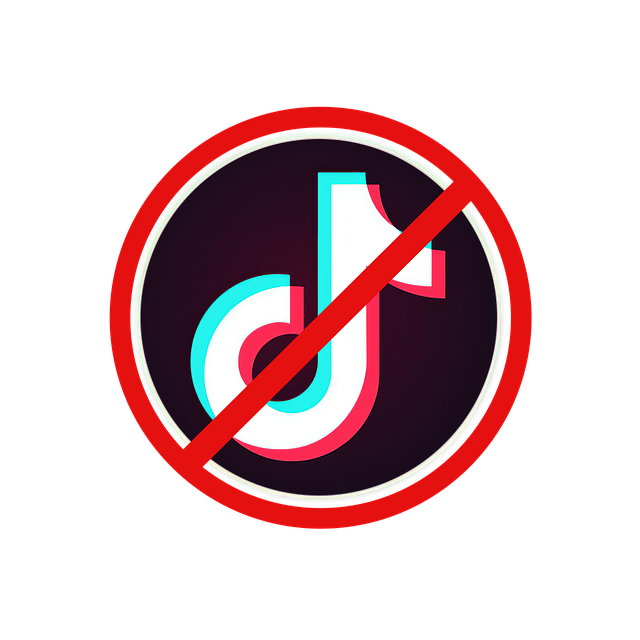The banning of popular platform TikTok by the Indian government for security reasons along with other 58 apps this Tuesday has rendered many content creator apprehensive about their future.
The popular social media platform had more than 200 million users with thousands of full-time dedicated content creators. The newfound breed of content creators who made money via brand endorsements on the short-video format platform that had an unparalleled audience reach.
While many come in support for the move, sensing the tension in the air and the virtual world is no rocket science. Some known faces including Kusha Kapila and Vir Das came out in support of the creators and encouraged them to find new ways and platforms.
While many big names of tik-tok such as Riyaz Ali, Awez Darbar and Nisha Gurugain already have an overwhelming number of followers on Instagram and Youtube, these people have managed to create personal brands that will manage to draw business irrespective of the platform they choose.
Additionally, experts believe that brands are likely to recover from the ban since they always have backdoor marketing options and alternative platforms.
Unfortunately, the tides, are likely to hit harder upon small-time creators with little exposure and lack of spinal support from social media marketers and influencer agencies.
Big Loss For Small Creators
The ban is likely to affect the earnings of influencers who have limited reach outside the platform, and these people are too many in number. They are new faces in the industry who managed to gain some popularity thanks to the creator-friendly interface.
Mujahid Khan is one of the many creators who discovered their own unique niche on tik-tok, after a video with his niece went viral with the hashtag #chachukiamyra.
‘The platform helped me get gigs and shows back home along with some brand endorsements’.
The day the ban was announced he went out live on the platform to urge his followers to support him on Instagram, and the response was more than overwhelming.
However, not everyone is lucky like Khan. People like Kishore Bargal, a cotton and corn farmer from Aurangabad joined Tik-Tok in 2018. He used the platform to put out diverse content ranging from farming tips to Bollywood lip-sync videos.
“Looking at the likes that my videos got gave me happiness like nothing else, but moving to a new platform and getting the same kind of attention would not be easy,” he says.
The Future
Tik-tok in some ways was empowering individuals like Bargal, who might not be able to communicate through platforms like youtube and Instagram. The massive audience and attraction from remote regions are hard to achieve on many other platforms.
“Tik-Tok is a very easy-to-use app. While Facebook and Instagram might turn out to a little elitist, TikTok is bringing simple entertainment to all” says, Adil Khan, who has 3.8 million followers on Tik-Tok out of which only one-tenth have migrated on Instagram.
While the reign of Tik-Tok might have come to an end, it’s legacy that involved putting wigs to small-town dreams cannot be forgotten.Explaining what TikTok meant for him, Adnaan Shaikh, 23 old dancer says, “A lot of people like me, who have no connections in the entertainment industry, got a platform to showcase their talents. “Every star, trend and app has an expiry date. We’re thankful to TikTok, let’s see where the future takes us.”


